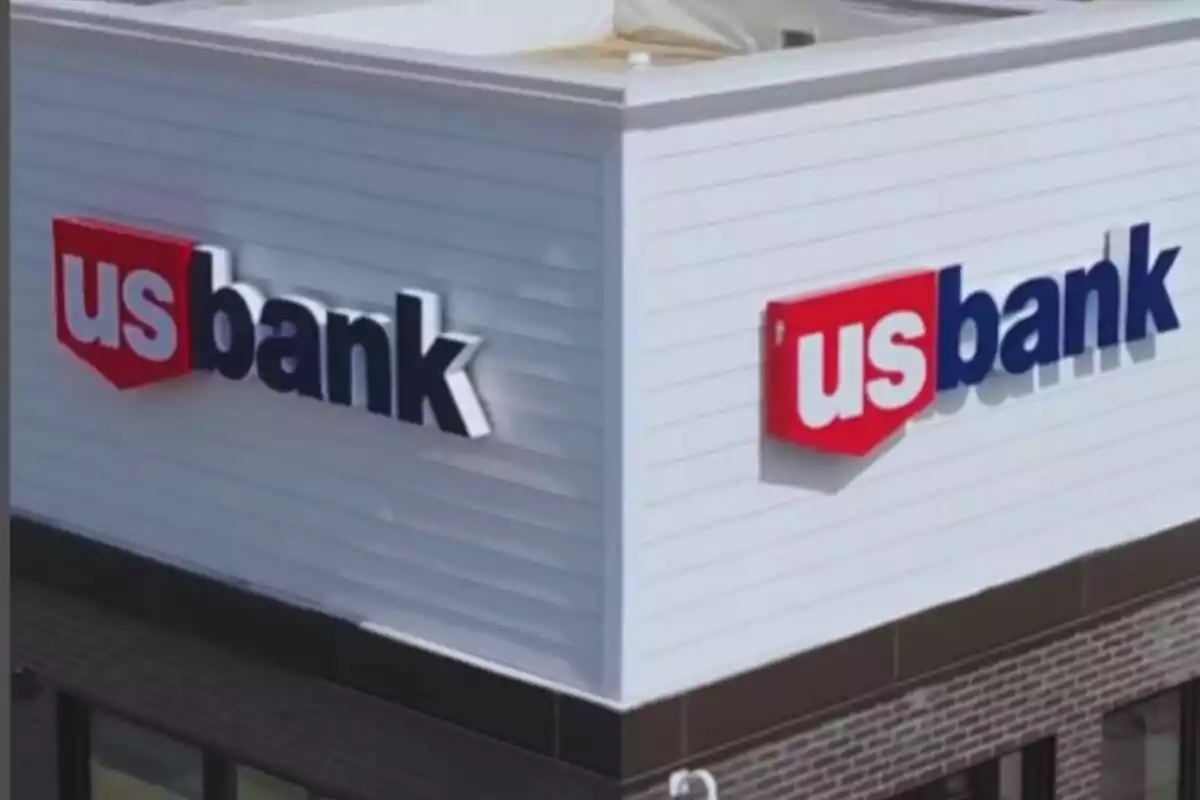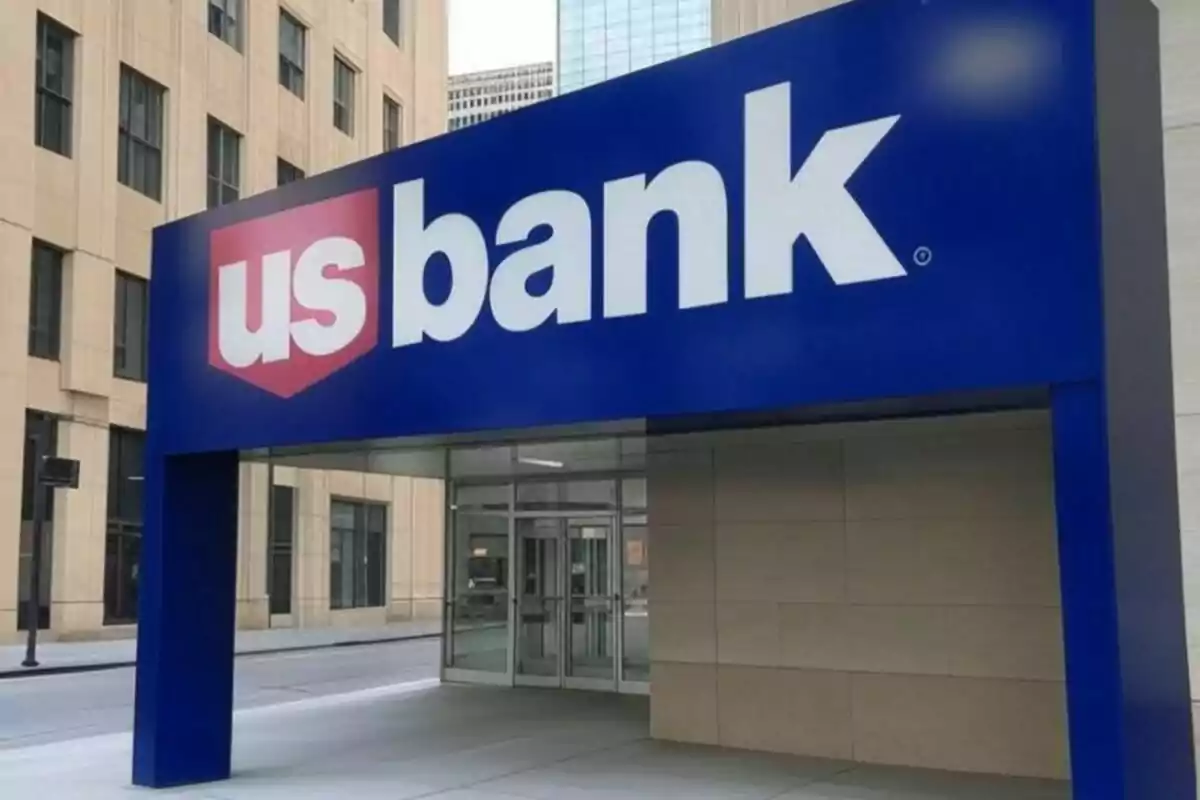A recent news story has surprised many US Bank customers in the United States. While digital banking has gained ground in recent years, what is about to happen could represent a major change, especially for those who still rely on in-person services.
Although the news hasn't reached everyone yet, those affected will surely have to look for new options very soon. US Bank has announced that it will close 40 of its branches in different parts of the country. This decision is part of a broader strategy by the bank.
The bank aims to improve operational efficiency and adapt to current user behavior. More and more transactions are being made through apps and websites. With this measure, the financial institution joins a growing list of banks that are reducing their physical presence to focus on digital services.

The list of closures has been revealed in the official weekly bulletin of the Office of the Comptroller of the Currency (OCC). According to the published information, some states will see the closure of several offices. Meanwhile, others will be left with virtually no physical representation of the institution.
This reduction in the number of branches may make it harder for certain groups of customers to access traditional services, especially older people or those living in rural areas.
US Bank provides a list of the different states that will be affected by this elimination of offices. Among them are California, Idaho, Illinois, Iowa, Kentucky, Minnesota, Missouri, Nevada, Ohio, Oregon, Washington, and Wyoming. The number of closures depends on the state.
What is US Bank seeking with these closures?
The institution is making this move to modernize and focus on its digital platform. According to US Bank, many of its customers already carry out most of their transactions through mobile devices or online. Keeping a large network of physical offices is no longer as necessary as before.

By reducing these spaces, the bank seeks to concentrate resources on technology, virtual customer service, and the development of new digital solutions. Still, this change will not be easy for everyone. Some communities, especially rural ones, could be left with limited options for accessing physical banking services.
This type of measure is not exclusive to US Bank. Several banks in the United States are making similar decisions, reducing their physical infrastructure to stay competitive in an increasingly digital era. However, it is essential to ensure fair and equitable access to banking services for all users.

